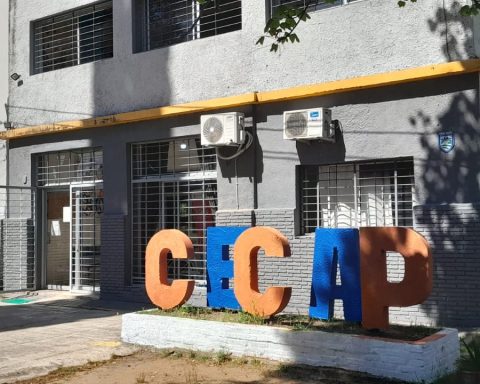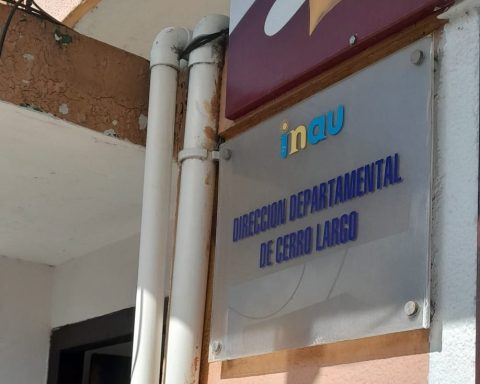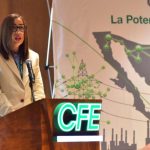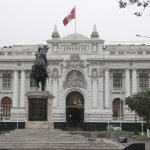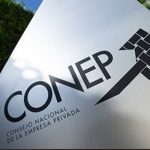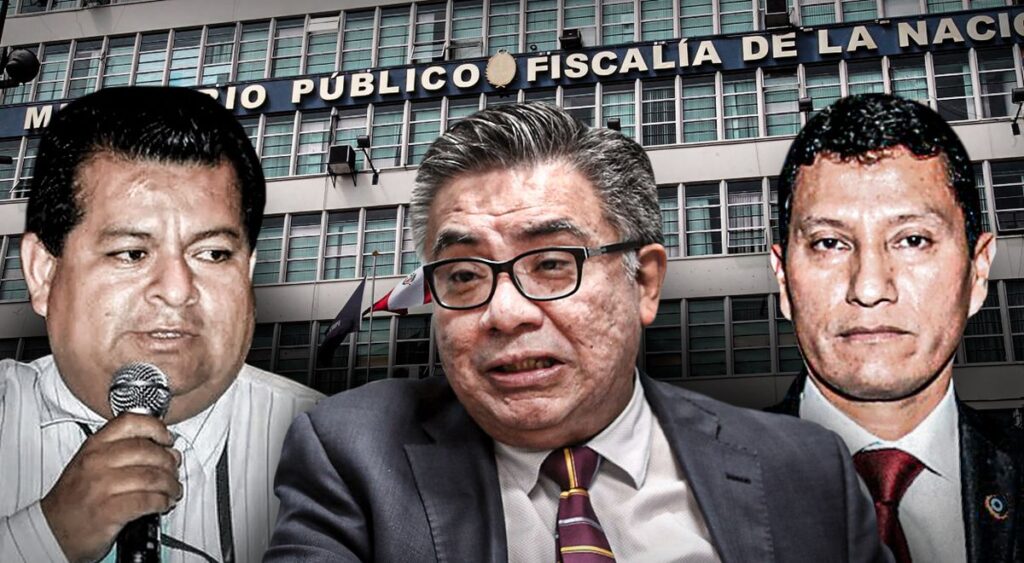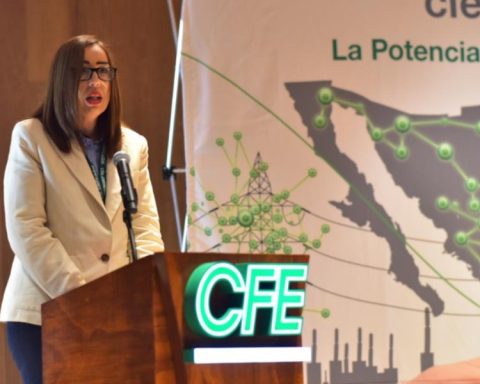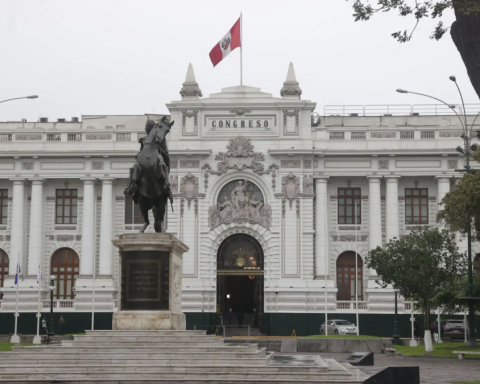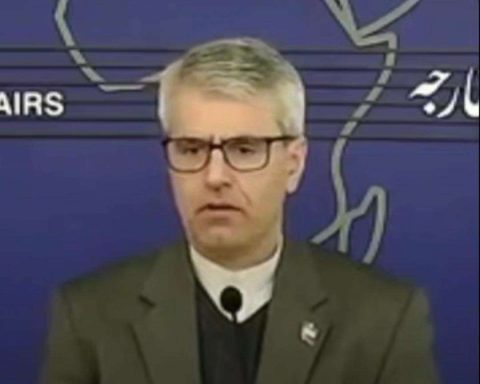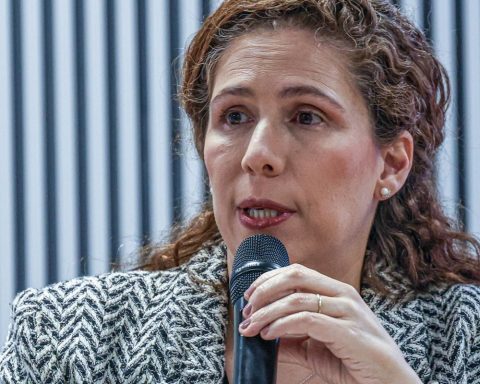July 2022
One of the main objectives of educational evaluation is to provide information on what strategies contribute to improving the expected results. Evaluating allows planning, the design of new interventions or the adjustment of those that are underway to contribute to increasing their probability of achieving good results, since they are based on evidence regarding what works and what does not.
One of the objectives of the National Administration of Public Education (ANEP) and the Ministry of Education and Culture (MEC) for the period 2020-2024 is to improve student performance and reduce inequality1. Uruguay has different tools that aim to account for the achievement of students and their evolution over time. Through Aristas, since 2017, the National Institute for Educational Evaluation (INEEd) has reported what third and sixth grade students and third grade high school students are capable of doing at different levels of achievement in reading and mathematics, as well as of the evolution over time of these results. From 1996 to 2013 this information was surveyed by the ANEP among sixth grade students. The evaluations of the Latin American Laboratory for the Evaluation of the Quality of Education (LLECE) allow us to compare the performance of third and sixth grade students with those of other Latin American countries, while the Program for International Student Assessment (PISA) , for its acronym in English) reports on the performance of 15-year-old school-age adolescents and also offers a comparative look.
All the evaluations mentioned have reported difficulties in the level of achievement and have pointed out the great challenge that Uruguay faces in order to reduce inequity in the performance of students. Likewise, they have tended to coincide in identifying a series of factors that contribute to improving performance, even after controlling for socioeconomic and cultural differences.
On the other hand, all of them have coincided in the effort to identify dimensions, malleable from the educational practice in the classroom and from the operation of the educational center, which are related to better performance. The objective is to contribute to the design of policies, interventions or programs based on evidence and, therefore, with greater chances of achieving their objectives.
To provide useful information in this regard, standardized assessments perform models
multivariate statistics2, with the aim of approaching explanatory models of school processes. From them, factors can be identified that contribute to increasing student performance (controlling the incidence of the rest of the aspects that are taken into account3).
1 Draft Budget and Educational Development Plan 2020-2024. Volume 1 of the ANEP and National Educational Policy Plan 2020-2025 of the MEC.
2 These are statistical techniques that study various characteristics (variables) of individuals that, due to the fact that they are related to each other, would not make sense to measure separately. In other words, they allow the behavior of one variable to be studied at the same time while controlling that of others that may be related.
3 One of the most important aspects to control is the effect of the socioeconomic and cultural differences of origin of each student and their peer group.
Based on Aristas Primary 2020, the last national evaluation of results in primary school, in the INEEd Report on the state of education in Uruguay 2019-2020, an analysis was carried out on the relationship between the teaching community and student performance in mathematics and reading that showed a positive association between them for third year primary school students. This seems to reflect the importance of factors such as leadership, collaboration and collective responsibility in the early years of primary education, especially in a year
like 2020, in which the youngest children surely required another type of accompaniment and follow-up by teachers to ensure educational continuity.
Additionally, it was observed that in the sixth year of primary school, the characteristics of the students — socioeconomic vulnerability, sex, repetition, attendance, siblings in the home, love of reading, self-control, motivation and self-regulation, student voice, educational expectations about themselves —are the most important to explain their performance in reading and mathematics. The size of the educational center, the director’s seniority in the school, the pedagogical exposure time and the teacher’s sense of belonging to the school also showed to be relevant in improving performance.
Aristas report 9 delves into these findings by developing complementary analysis methods. In the first place, a typology of schools is made based on the relationship between the achievements of sixth-grade students (in reading and mathematics) with characteristics of the schools, directors, teachers, learning opportunities and students. This makes it possible to identify schools with achievements that are better, the same or worse than those expected for a center with the same characteristics.
A first relevant result consists in showing that the fact of achieving greater or worse achievements does not depend only on the socioeconomic and cultural context. Beyond the fact that performance increases as the socioeconomic and cultural conditions of the students do, there are schools that exceed their expected threshold in all socioeconomic contexts.
The centers with higher-than-expected achievements are concentrated in learning schools, full-time and extended, and in the interior of the country; present a strong professional community, that is, principals with leadership and teachers who are collaborative with school improvement; their teachers manage to make progress in addressing curricular content despite the pandemic; they use the autonomous teaching modality to work on math and reading activities; they concentrate teachers with more years of seniority in their positions and in the school, and their students have a strong sense of belonging to the school.
Likewise, it is more likely that a center achieves greater achievements than expected if it is about learning schools or extended time that are located in the interior of the country; their teachers have more seniority, and when working with students, teachers place more emphasis on mathematical activities with greater cognitive complexity.
These results are very encouraging, to the extent that they account for various school and classroom factors that contribute to better achievement. Not only is it a contribution to the design of educational policies, but specific contributions are presented for classroom practices.
In this sense, it should be noted that it is more likely that a center achieves achievements above those expected (given its socioeconomic and cultural characteristics, as well as institutional) when teachers carry out activities that encourage autonomous work of students and when more is done. emphasis on proposals with greater cognitive demand (comprehension activities as opposed to others that only involve handling information or applying algorithms).
It is important to articulate these findings with those of previous studies that showed that the curricular coverage linked to activities of greater cognitive demand is not distributed homogeneously according to the context of the schools, since those of greater complexity tend to be mentioned to a greater extent among teachers from the most favorable contexts4.
This set of information reinforces the importance of intervening both from the school and from the teacher training instances (base and in-service). The evidence seems to indicate that all the efforts to increase the coverage and frequency with which greater autonomy and cognitive demand of the activities proposed to the students are promoted will contribute to the improvement of the results.
Providing teachers with strategies to develop these opportunities to learn in all socioeconomic and cultural contexts seems to be a priority for educational policy, to the extent that evidence has shown that they have the potential to contribute to improving performance and reducing the inequity.
It would be pertinent that this be carried out hand in hand with the training that the ANEP plans to develop in relation to the curricular change that it is designing and implementing.
4 Report on the state of education in Uruguay 2019-2020. Volume 2 of the INEEd.
Source: INEE Ed. (2022). Some factors linked to schools with better achievement than expected
(Newsletter July 2022). Retrieved from https://www.ineed.edu.uy/images/boletines/2022/Factoresligados-escuelas-mejores-logros.pdf

